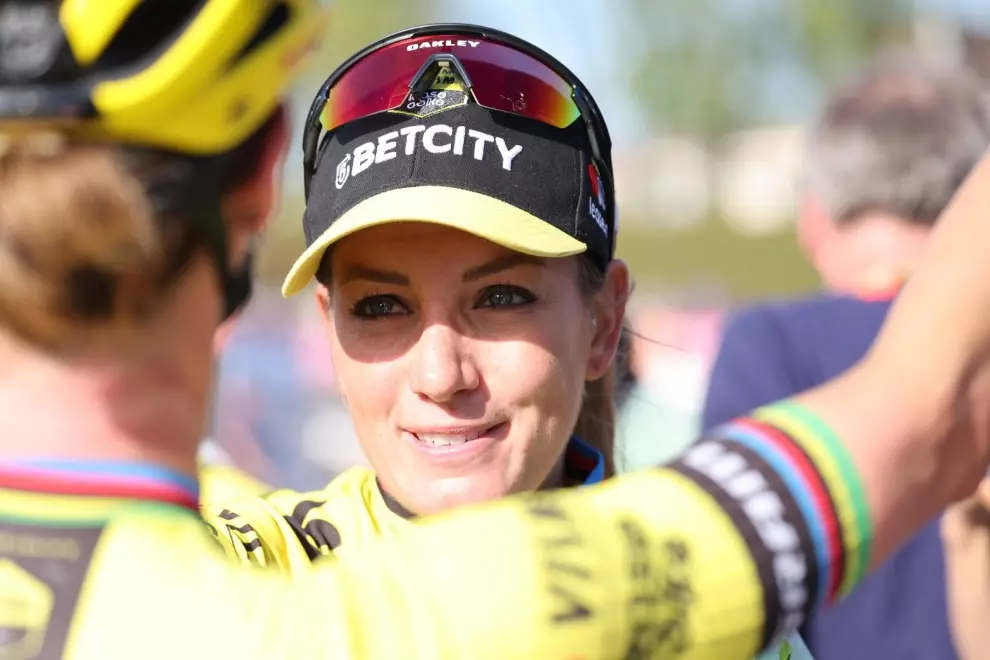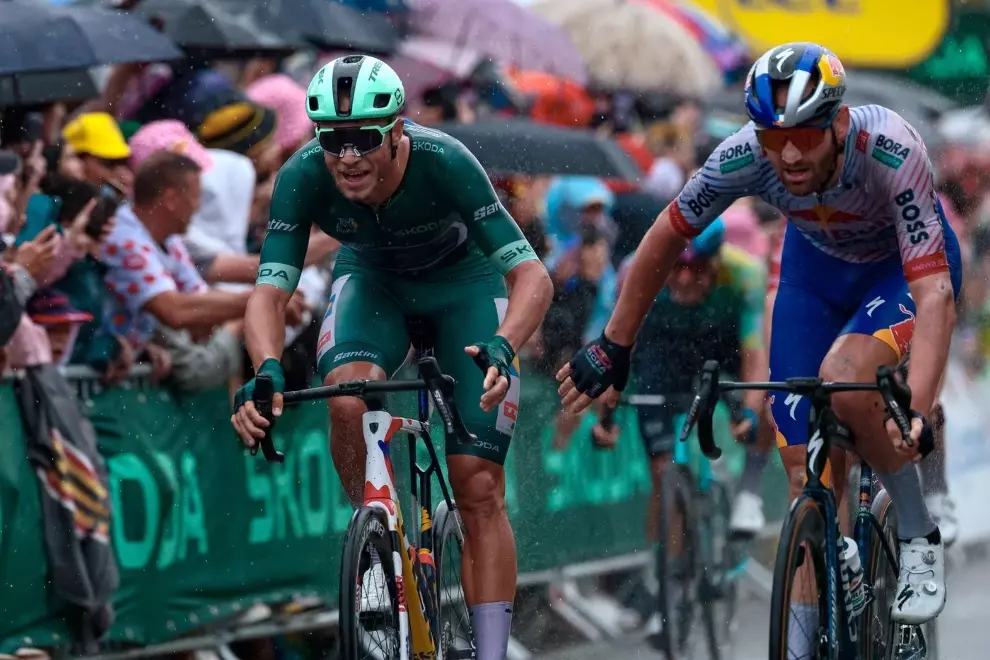The questionnaire of the survey was compiled and completed by 620 drivers, which made for a relatively numerous sample. The study was quite complex but we can focus on several model situations caused by a cyclist that increase drivers’ uneasiness on the road.
What drivers dislike in cyclists
Among the worst behaviours cited were arrogance such as ‘hogging’ the middle of the lane, unpredictability such as failing to signal turning intentions or not behaving considerately in general. The tolerance of the drivers towards annoying activities dropped exponentially with the increased number of vehicles on the road at a given time.
https://www.youtube.com/watch?v=a3PMVAiWmV4&list=PLNxkOK-P7O9weY593MT_PQDQ6Ys7vttxT
Drivers frequently reported cyclists as irresponsible (due to the absence of highway-code awareness), vulnerable, dangerous, unpredictable or even arrogant, which was specified with examples of cyclists seeming to believe they are invincible or believing other road users should take responsibility for them.
What kinds of cyclists were found popular
When prompted, the majority of drivers agreed that the ideal cyclist was a responsible one. This was to be demonstrated by awareness and courtesy towards other road users. Cyclists were expected to have appropriate visibility and to indicate the course of their next intentions, mainly before turning. The most unsettling situations are likely to happen on uneven road surfaces where cyclists can suddenly veer in front of the drivers or when cycle lanes suddenly end and merge with the traffic. Among the worst transgressions mentioned were cyclists going the wrong direction in a one-way street, cyclist jumping red lights and riding on the sidewalks.
The aspects of cyclists’ behaviour drivers regard the most important to work on to improve mutual relationships:
1. Predictable behaviour and greater awareness: 49%
2. A correct position on road: 35%
3. Visibility: 34%
What did we learn from the study? The same perceptive cyclists might learn from everyday road-riding experiences. Traffic is not only about getting from one point to another but also about the communication among the participants. There’s not much difference whether you’re driving a car, a bus or ride a bicycle because, in the end, we’re all human beings. People making threats by using strong words or even physical interventions should probably expect an unpleasant reaction in exchange. On the other hand, people behaving nicely are usually warmly received even by absolute strangers.
https://youtu.be/OfmJZmFNpe0
Communication on the road
You can never know who’s sitting behind the wheel at any given moment you hear a car engine roar by. While some drivers regard themselves experienced and confident, others might lack proper driving skills or the ability to estimate distances correctly. Some drivers are mad about their jobs, their partners, their business, others might be recovering from a hangover or just having a hands-free call fight with their boss. You can even meet a complete beginner who’s experiencing their first drive ever.
For all of the above, we should be responsible partners they may work with and understand under any given circumstances – they should always know in advance what to expect from us. For some of them, passing a pedalling cyclist properly and safely might be a hard task not because they’re rude but because they’re merely inexperienced.
https://youtu.be/iCsnx6lObXM
Let’s make it easier!
Any cyclist can learn the highway code. We should be predictable, visible, and aware of what’s going around us. Eye contact with the drivers speaks louder than words; when the driver knows we understand their intention to turn, instantly, there are fewer concerns about the possible collision on both sides. Skipping reds is tempting but it might lead to disrespect of road rules even among drivers, which is something every cyclist prefers to avoid. Either group can make our roads a better place and everybody starts on their own doorstep.




